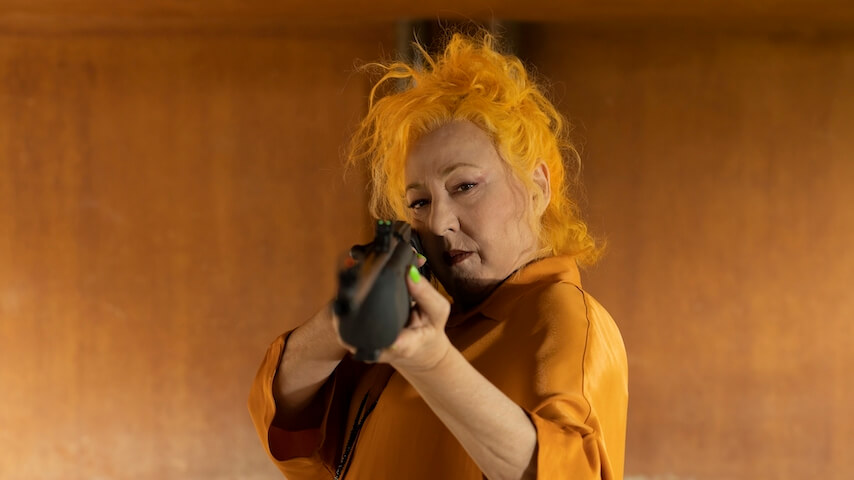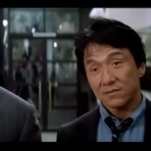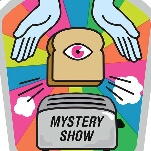HBO's cinematic black comedy Rage follows five women on the verge of a nervous breakdown
The energetic Spanish series somehow has dashes of both Pulp Fiction and A Manual For Cleaning Women.
Photo: HBO
The first thing that hits you over the head in Rage (Furia in Spanish)—that is, before any of the many characters in this sometimes bloody black comedy are, indeed, literally hit over the head or worse—is its use of color. Over the course of this eight-episode HBO series, the green grass pops, the yellow light bulbs warmly glow in a truly enviable home, the department-store and dance floors are blanketed in hellish and lusty reds, a woman’s shock of tangerine-dyed hair beautifully complements the citrus in her kitchen, canvas is slathered with pink paint, and the outfits—be it a housekeeper’s everyday aqua hoodie or a high-fashion French ensemble—match their backdrops just so. It isn’t subtle—and neither, really, is anything about this show, in which the lives of different, mostly older women intersect as each melts down over some sort of indignity. And yet, these color schemes never get old or so overbearing as to elicit a groan-worthy “enough already.”
They are, rather, a reliable pleasure in Rage, which was created, written, and co-directed (along with Jau Fornés) by veteran filmmaker Félix Sabroso. (It’s also worth shouting out, speaking of the visual vibrancy of the project, cinematographer Carlos Cebrián here.) And even when a certain woman’s tale might hook you in more than another—and in this series’ vignette-style approach, that is bound to happen—those striking compositions don’t lose their luster. The word cinematic may be way overused in criticism that’s not about cinema (something that has been flagged in discussions about TV coverage here at The A.V. Club), but Rage is, to be sure, a very cinematic work—and not just for its look but its storytelling. Sabroso’s framework calls to mind Pulp Fiction and Magnolia more than anything that’s been on television recently, what with its characters’ interconnectedness and the way it plays with timelines. (A nifty bit when the camera starts following another woman in a store calls to mind a move Paul Thomas Anderson employed—only with cars driving down the street—in his early films.) Squint past all of the high-octane vengeance and there are even dashes of Lucia Berlin’s exceptional, posthumous short-story collection A Manual For Cleaning Women—at least as far as the show’s themes on aging and feeling like the world has left you behind.








































